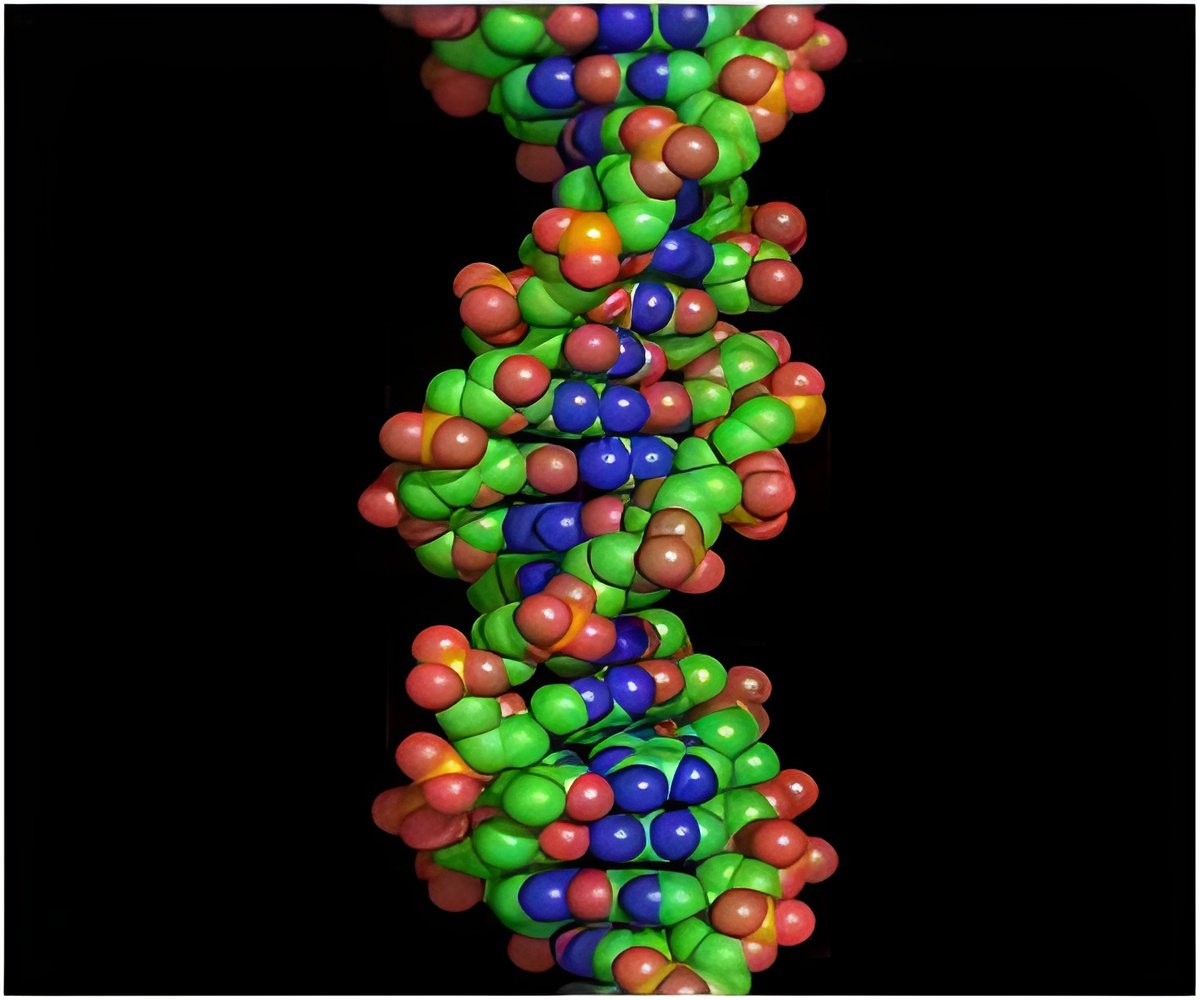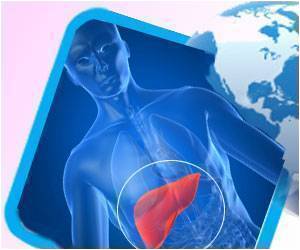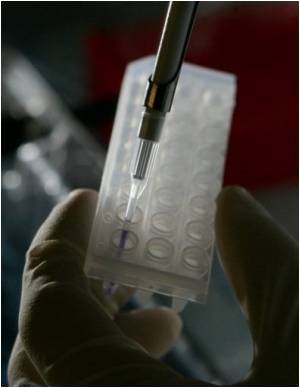
"M. graminicola attacks wheat plants by stealth. There is normally a period of about a week between when a plant first becomes infected and when the characteristic blotches of the disease appear on its leaves. During this time it appears that the plant fails to recognise it has become infected and so is unable to activate its defences to fight back. Studying the fungus' genome will help us to understand how the pathogen is able to go undetected and maybe reveal a chink in its armour that we can exploit," said Prof. Kim Hammond-Kosack of Rothamsted Research.
According to the study, M. graminicola has very few genes, which produce enzymes that are able to breakdown the plant cell walls compared with other fungi, which specialise in infecting plants.
The fungal disease kills cells in the plants leaves leaving large dead blotches, which are unable to absorb energy from the sun.
This significantly reduces yields and takes a serious toll on wheat crops globally and in the UK. As a result of these infections, annually a 5-15pc reduction in grain yield is incurred in each wheat field.
"We were able to use the information in the genome sequence almost immediately to look for a potential Achilles' heel. We singled out a protein, which helps keep the fungus camouflaged and protects it from the plant's defences. When we generated a mutant strain of the fungus, which didn't contain the gene for this protein, the infected wheat plants produced strong immune responses and didn't develop the characteristic leaf blotches. Our next step is to use these and similar findings to help farmers combat this disease out in the field in order to reduce wheat losses," said Dr Jason Rudd.
Advertisement












